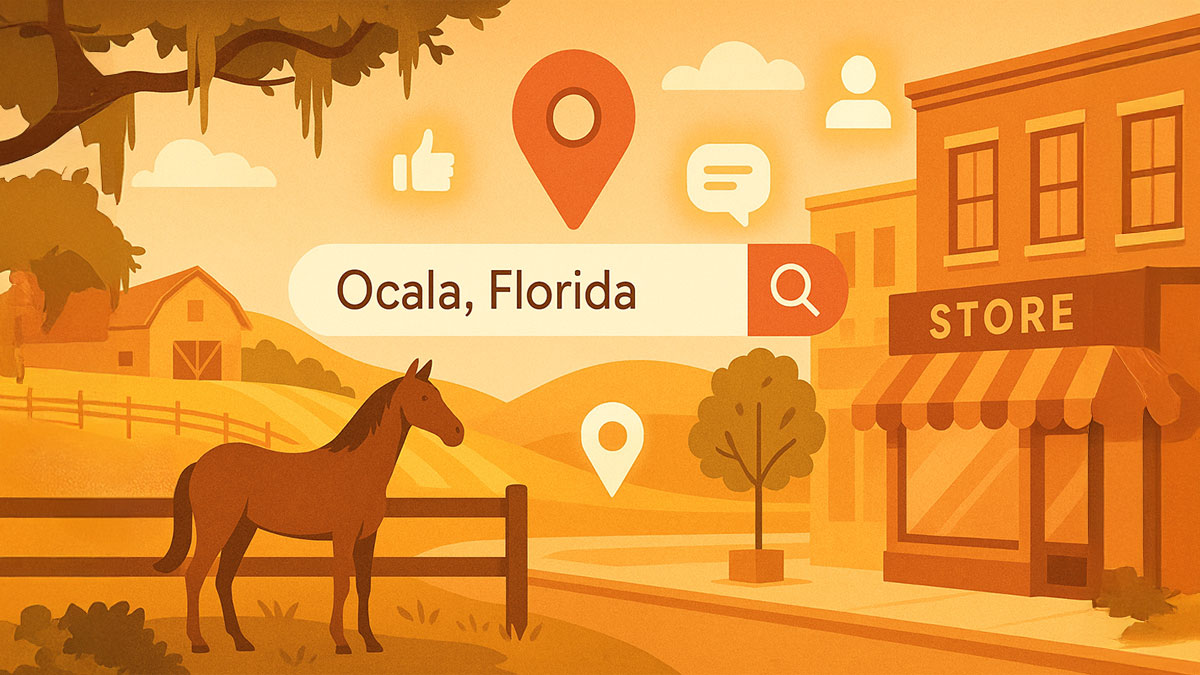Most people consider SEO as using optimized keywords and content in order to boost ranking on search engines, in reality, that’s only a fraction of what SEO is capable of. Instead of using written content, technical SEO is based on altering the technical aspects of a website in order to improve ranking. It is essential for modern businesses —and any organization with an online presence— to carefully understand technical SEO practices and utilize them in the webpage.
On Page Vs Off Page SEO
Off-page SEO refers to SEO techniques based on promoting your website on platforms that are not your own website. This includes getting backlinks from other websites, as well as increasing the reputation of your website in other online spaces. In comparison, on-page SEO refers to SEO techniques that focus on making changes to your website’s structure and design in order to improve search engine rankings. Technical SEO focuses on optimizing elements of user experience and website design that are directly within your control. So, how exactly can you change these technical elements in order to improve your business’s search engine performance?
Why Every Website Should Be Using Technical SEO
If you aren’t already implementing technical SEO techniques in your website’s design, it’s time to start —now. That’s because all major search engines —such as Google— want to direct users to the most relevant search results. In fact, the first Google desktop search result can achieve an average of a 32% click through rate —which provides powerful results. Web pages are continuously evaluated by Google’s robots based on a variety of different criteria. Customer experience and structure are the primary concerns when an evaluation is conducted. A fast website that creates high user satisfaction can therefore be ranked higher in search engines and deliver content to a larger audience. At the same time, a slow site —or one that contains poorly structured, irrelevant information— will be ranked far lower and reach far fewer potential users.

Technical SEO Techniques
Technical SEO includes a broad spectrum of techniques to help improve your website’s online ranking. A well-designed website should be fast, relevant, and easy to understand. All links should be carefully maintained and no content should be duplicated. In this section, we’ll go into deeper detail about some of the most essential technical SEO practices that can help significantly improve your website’s search engine performance if done right.
1. Speed
A user-orientated website is a necessity in order for you to remain competitive online. The one thing that users prioritize above all else is a website’s speed.
It has to be fast.
A recent international study found that 58% of US citizens using their mobile phone to access the internet will expect a website to load in under three seconds. That number jumps to 73% of the population when surveying China. And while the exact percentage might be different from country to country, the results are the same —people expect a well-designed website to be fast.
2. No dead links
Dead links —when a link leads to a page that does not, or no longer, exists— are both frustrating for users and a negative factor when search engines evaluate your website.
While most sites will have a few dead links embedded, having too many of them can lead to poor search engine performance. Using technical SEO techniques to fix dead links can help ensure that your website remains relevant and redirects any incoming visitors to new, existing pages when possible.
3. Easy to crawl
By using technical SEO to create a webpage design that is easy for the search engine robots to crawl, you can easily boost your brand’s search engine performance. Robots follow links throughout your website and evaluate content; therefore, by building a site that easily guides robots, your brand will rank higher.
Robots can be guided by using two techniques —a robots.txt file and the meta robots tag. Both practices come with their own unique advantages and disadvantages. Be sure to carefully study coding before attempting or let a professional handle this type of technical SEO method.
4. No duplicate content
Duplicate content can be confusing for a search engine.
After all, if both pages of content are the same, how can a search engine accurately evaluate which one should rank higher? Most people can easily catch cases where the written content on their site is similar. However, occasionally different URLs can lead to the same content. This type of duplication can be hard to check.
Luckily, by setting a canonical link element that makes note of the original page, you can avoid this issue.
5. Highly secure
Security is one of the most essential factors to consider when using technical SEO and making improvements to your website. By securing data with an SSL certificate to update your HTTP to an HTTPS server, you can ensure that your webpage is safe and actively protecting information.
Search engines highly value security in a webpage design and will rank secure websites higher. While there are additional methods that can boost security, changing to an HTTPS site is one easy way that can offer dramatic results.
Of course, there are other technical SEO techniques that brands can use to improve their search engine ranking, such as structured data, an XML sitemap, and features targeting international users. However, these top five features are the main factors that are evaluated —and that users should focus on improving first.
Conclusion
You should now have a firm grasp of the basics of technical SEO. The topic is broad and contains a wide variety of content and optimization techniques that are relevant to boosting your online performance. While nothing can be covered completely in a single article —or even a single day— increasing your understanding of technical SEO can create significant results for your website and improve the reach of your content —why wait?
Get started today on creating a better future for your website. Let’s Talk.


